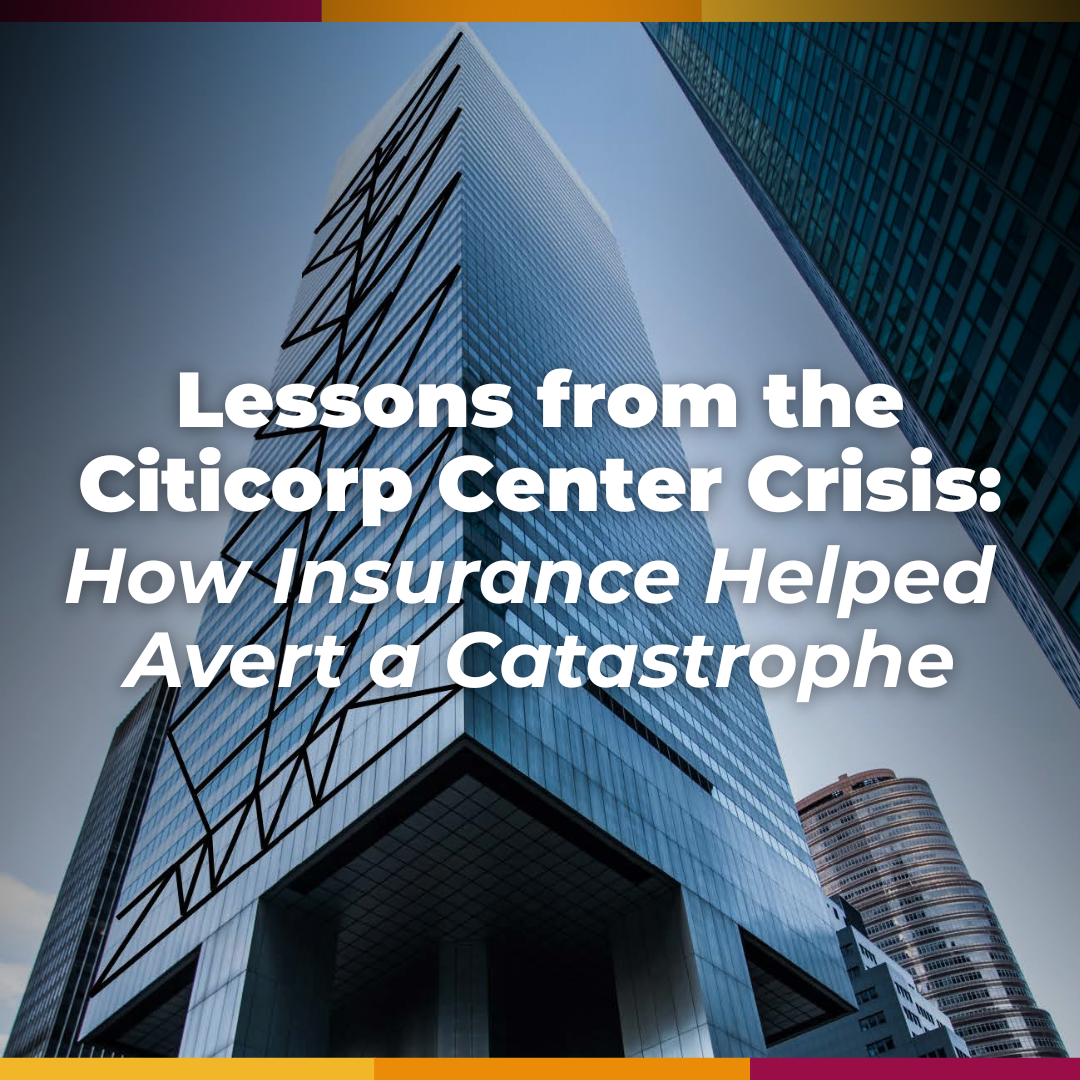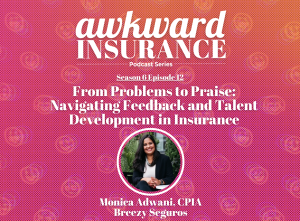
Sajjad Alloo
A double major in Risk Management and Management Information Systems at Temple University, Sajjad is graduating in December 2025. His interests center on how organizations identify, assess, and respond to emerging risks. With a strong technical background and growing expertise in the insurance industry, he explores the intersection of data, technology, and strategy in modern risk management.
The Hidden Danger in the Sky
In 1977, the Citicorp Center towered 59 stories over Midtown Manhattan, an emblem of modern engineering and architectural ambition. Designed with a striking and unconventional style, the building rested on four massive columns placed at the center of each side rather than at the corners. This unusual configuration was necessary to accommodate St. Peter’s Lutheran Church, which occupied a corner of the site. At the time, Citicorp Center’s design was hailed as innovative. However, a key structural flaw went undetected, posing serious risks if not addressed.
The flaw was discovered in June 1978, less than a year after the building’s opening. The discovery began innocently, with a question from a Princeton University engineering student. The student inquired about how the structure would respond to quartering winds, meaning winds striking the building at a 45-degree angle. While the Citicorp Center had been analyzed for straight-on winds, the effects of diagonal winds had not been given the same scrutiny in final calculations, especially after a mid-construction change from welded to bolted joints.
The question prompted William LeMessurier, the building’s lead structural engineer, to revisit his original wind load calculations. Upon review, he discovered that the change to bolted joints significantly reduced the building’s ability to withstand quartering winds. Under certain severe weather conditions, the building was at greater risk of structural failure than previously understood.
Alarmed but determined to act responsibly, LeMessurier quietly began orchestrating a response. He first alerted his firm’s legal counsel and professional liability insurer. Rather than sound a public alarm, which could have triggered mass panic in Manhattan, he and a close circle of advisors
developed a plan for emergency repairs. During this time, the general public remained unaware of the potential risk.
The Citicorp Center situation has since been recognized as a major case study in engineering ethics and professional accountability. It also highlights the important role insurance can play in managing complex risks.
Ethics and Risk Management in Action
The Citicorp Center crisis remains a clear example of how ethics, engineering practice, and insurance intersect. William LeMessurier’s decision to address a serious design flaw, despite the professional risks, reflected a strong commitment to public safety and professional duty. Likewise, Northbrook Insurance’s involvement shows that insurers can contribute meaningfully to risk mitigation and crisis management.
Through decisive action, careful collaboration, and a focus on solutions, the engineer, insurer, and building owner were able to address a serious problem without major incident. Their response continues to be studied in engineering, risk management, and insurance fields as a practical demonstration of how ethical decision-making and insurance partnerships can effectively manage high-stakes situations.
Insurance Steps In
Upon learning the full extent of the structural vulnerability, LeMessurier’s first move was to notify his firm’s professional liability insurer, Northbrook Insurance. The involvement of the insurer marked a turning point and demonstrated the proactive role insurance can play in crisis management. Insurers are not only valuable for paying claims after disasters occur but also for helping to prevent them.
Northbrook Insurance responded quickly and strategically. Recognizing the gravity of the situation, the insurer dispatched its legal team and arranged for an independent engineering analysis to verify the threat posed by quartering winds. Confidentiality was paramount. Northbrook’s attorneys emphasized that public disclosure could incite mass panic in Midtown Manhattan. Their coordinated response allowed for repairs to begin quietly without triggering chaos.
Behind the scenes, Northbrook provided crucial support. It backed the emergency repair plan financially and legally, giving LeMessurier and Citicorp the assurance that immediate action could be taken without paralyzing fear of litigation or financial ruin. Night after night, welders reinforced hundreds of structural joints, working under extreme secrecy. Meanwhile, contingency plans were prepared to evacuate the building if a major storm arose during the repairs.
When the retrofit was complete, attention shifted to the financial fallout. Emergency repairs had cost millions, and Citicorp understandably expected reimbursement. Here, too, insurance proved vital. Northbrook Insurance contributed $2 million toward the repair costs, a settlement that prevented lawsuits against LeMessurier and his firm. With this contribution, Citicorp agreed not to pursue legal action, and the building’s structural integrity was restored without scandal or litigation.
In a final notable decision, Northbrook recognized that LeMessurier’s handling of the crisis had likely prevented a significant loss. Rather than increasing his firm’s liability premiums, the insurer reduced them in acknowledgment of the swift and responsible response.












